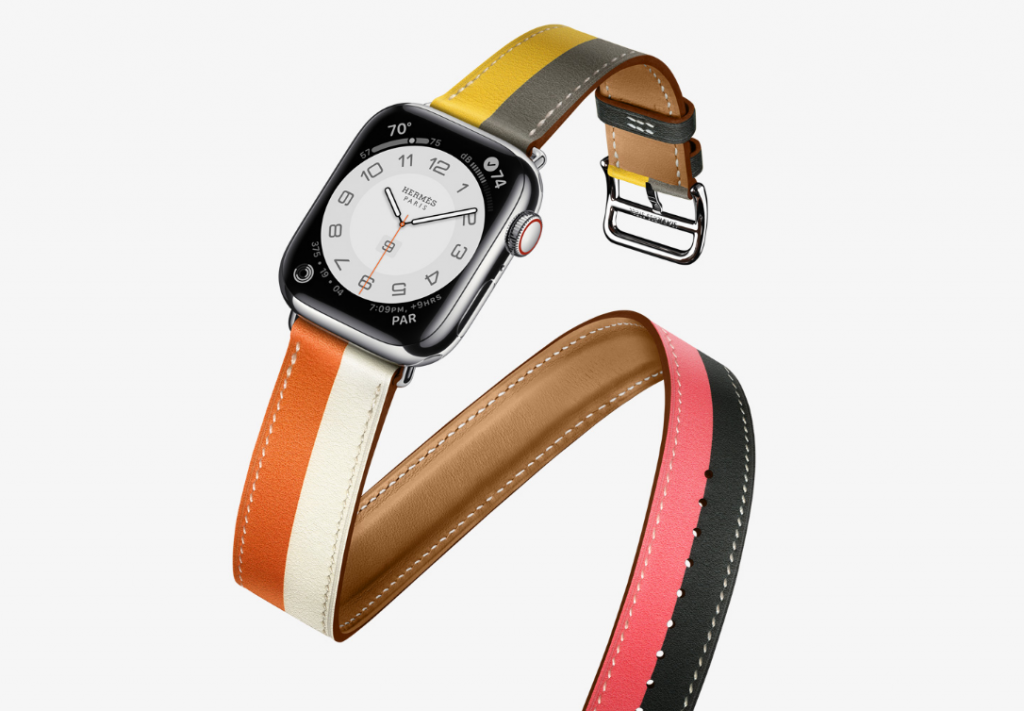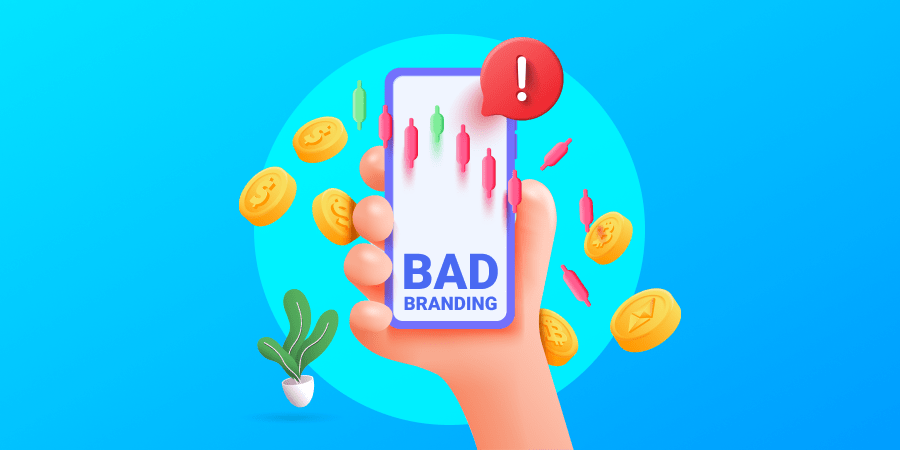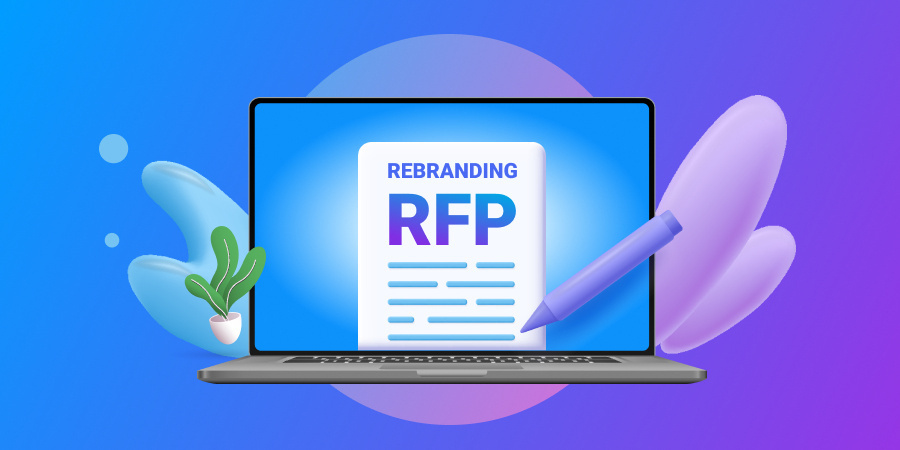Whether your business is taking its first steps or you are an established industry player, partnering with another brand can help you expand your reach and connect with new customers.
We’ll dive into the world of brand collaboration and explore its various facets sharing different types of partnerships and inspiring examples from top brands.
We’ll list valuable insights on how your company can effectively plan and execute a successful collaboration.
Digital Silk develops authentic brands. Request A Quote
What Is A Brand Collaboration?
A brand collaboration is a strategic partnership between two or more brands to achieve mutual goals.
Brand collaboration involves the merging of resources and expertise to create innovative products, services or marketing campaigns that leverage the strengths of each brand.
The aim of brand collaboration is to reach new audiences, enhance brand perception, increase market share and create unique value propositions that would be difficult to achieve individually
This is done by offering innovative and differentiated products, services or experiences that would be challenging or impractical for each brand to develop independently.
Why Do Brands Collaborate?
Brands collaborate for multiple reasons, including:
1. Expanded Audience Reach & Access To New Markets
By collaborating with another brand, a company can utilize its partner’s existing customer base to reach audiences that may not have been exposed to their brand or explore new market opportunities that may be difficult to reach individually.
2. Cost & Resource Optimization
Shared costs, resources and expertise allow brands to optimize their marketing efforts, product development or operational processes and achieve more significant results with fewer individual investments.
For example, in a supply chain collaboration, two brands can share distribution networks, warehousing facilities and transportation resources, leading to optimized logistics and reduced operational costs for both parties involved.
3. Enhanced Credibility & Brand Image
Partnering with a reputable brand or influencer can help create positive consumer perception and boost both credibility and trust.
For example, if a clothing brand collaborates with a sustainable materials company, it can convey a commitment to environmentally friendly practices. For audiences concerned about sustainability, the collaboration can serve to increase credibility and trust in the clothing brand, strengthening its image.
Types Of Brand Collaboration
There are several types of brand collaboration you may be interested in when considering a strategic partnership.
- Co-branding: Co-branding is a brand collaboration where two or more brands combine efforts to create and market a unique offering that appeals to their shared target audience.
- Influencer partnerships: Influencer partnerships are brand collaborations where a social media influencer or a popular figure promotes the brand’s products or services. This type of collaboration uses the influencer’s reach, credibility and influence to increase brand awareness and drive sales.
- Sponsorship: Sponsorship is a brand collaboration where a brand provides financial support or resources to another company — like a sports team or a non-profit organization, for example. In return, the sponsoring brand receives exposure, branding opportunities and access to the sponsored partner’s audience, which helps boost brand visibility and build associations with a particular cause or activity.
- Cross-promotion: Cross-promotion is a brand collaboration where two or more brands join forces to promote each other’s products or services and tap into new customer segments to expand their reach. To do this, they typically use joint marketing campaigns, discounts, bundled offerings or shared advertising efforts.
5 Brand Collaborations Examples To Get Inspired From
Let’s dive into a showcase of inspiring examples from various industries, where brands have harnessed the power of collaboration to present innovative offerings, boost their reputation and expand into new markets.
1. Apple & Hermès
In 2015, tech giant Apple partnered with luxury fashion brand Hermès to create a special edition Apple Watch that used Hermès leather bands and exclusive watch faces.
The purpose of this partnership was to blend technology with luxury fashion, targeting consumers who sought both style and functionality.
The successful fusion of craftsmanship and technology allowed Apple to tap into the high-end fashion market, while Hermès gained exposure to tech-savvy customers.
The result: Although no official sales figures have been reported, it’s estimated that Apple sells 40 million watches a year — including those from the Hermes collab.

2. Uber & Spotify
In 2015, digital music service Spotify partnered with ride-hailing service Uber to offer an integrated music streaming experience during Uber rides, dubbed “A soundtrack for your ride.”
Passengers could choose the music played in their Uber cars through the Spotify app, enjoying a personalized travel playlist.
The Uber & Spotify brand collaboration enhanced the passenger experience and differentiated Uber from its competitors.
The result: Due to the project’s extensive media coverage, Spotify’s active monthly users increased from 68 million in the first three months of 2015 to 96 million in the first three months of 2016.
3. Adidas & Beyoncé
In 2018, sportswear company Adidas collaborated with music superstar Beyoncé to create a joint Ivy Park collection. The collab merged Adidas’ sportswear expertise with Beyoncé’s fashion-forward style and aimed to empower women to embrace their individuality.
To promote the collaboration, Adidas and Beyoncé leveraged their social media platforms, engaging their fan bases and creating buzz through product reveals, behind-the-scenes content and influencer endorsements.
The result: The partnership generated significant media coverage and sales amounting to $93 million in 2021.
4. Taco Bell & Doritos
In 2012, famous fast-food joint Taco Bell and flavored tortilla chip brand Doritos partnered to develop Doritos Locos Tacos — a delicious combination of Taco Bell’s taco concept and the unique flavor of Doritos snack chips.
The collaboration used the existing fan bases of both Taco Bell and Doritos, generating significant buzz and excitement to drive traffic and sales and serve as an illustration of the power of creative brand partnerships in the fast-food industry.
The result: The Doritos Locos Tacos quickly became one of Taco Bell’s most successful product launches, with over 100 million sold within the first few months of its introduction.
5. Lego & Stranger Things
In 2019, toy production company Lego and the science fiction TV series Stranger Things combined efforts to bring the world of Stranger Things to life. Through meticulously crafted Lego sets, they recreated iconic scenes and characters from the show.
Capturing the attention of both avid Lego builders and Stranger Things enthusiasts, the collaboration allowed them to engage with the show’s universe in a tangible and interactive way.
The result: This collaboration helped Lego expand their product line while Stranger Things succeeded in introducing their universe to a new audience.
How To Plan A Brand Collaboration
Planning a strategy and choosing the right partner for your brand collaboration are critical to achieve a successful outcome. Here are six steps for planning a lucrative collaboration:
1. Set Clear Objectives
Define the goals you want to achieve through the brand collaboration you are considering. This can include increasing brand awareness, reaching a new target audience or boosting sales.
2. Identify Potential Partners
From market research and industry-specific forums to referrals and industry events, there are numerous approaches to start your search for the best partner.
- Research: Identify brands that align with your objectives, target audience, brand positioning and values. For example, if you sell fitness apparel, you might consider a partnership with a health and wellness app or a sports equipment manufacturer.
- Focus on brands that can add value to your products and services: For example, if you are a technology startup specializing in smart home devices, you may consider partnering with a home appliance brand to access a larger customer base.
- Consider an unexpected pairing: Surprising your audience could lead to a unique and innovative outcome and allow you to create something truly distinct in the market, generating excitement and encouraging sales.
3. Define The Scope
Outline the scope and nature of the collaboration, including:
- Collaboration type
- Collaboration goals
- Collaboration resources
- Timeline
- Expected outcomes
4. Develop A Strategy
Define the unique value proposition and the story you want to convey to your audience through the new partnership. Build a creative collaboration concept and identity, including messaging, product design, packaging and other aspects to reflect the essence of both brands.
5. Sign An Agreement
Prepare a contract that outlines the terms, conditions and expectations of the collaboration. Address legal aspects, intellectual property rights, financial arrangements and any other relevant considerations. Ensure that both parties agree to and sign the agreement.
6. Plan Joint Marketing Activities
Brainstorm and plan the marketing activities that will support the collaboration. This might include product launches, joint advertising campaigns, social media promotions, content creation and events.
Plan the distribution channels and align messaging to ensure consistency and maximize exposure to your target audience.
7. Allocate Resources
Distribute responsibilities and make sure that both brands have the necessary support to execute the collaboration successfully.
8. Execute & Monitor
Implement the planned marketing activities and monitor their progress. Regularly communicate with your brand partner to ensure alignment and address any issues that arise during the execution phase.
9. Evaluate The Results
Once your brand collaboration is complete, evaluate the outcomes, comparing them to the objectives set at the beginning. Analyze key metrics, customer feedback and the impact on brand awareness and sales for the two brands.
Contact our team of branding specialists. Set up a consultation
Build Your Brand Strategy With Digital Silk
As a full-service branding agency working with companies across industries, we offer a full range of tailored branding services at Digital Silk, including:
- Brand strategy
- Logo and brand book design
- Brand marketing
- Brand management
- Rebranding
As part of your strategy, our experts can help you identify brand collaborations that offer the best opportunities to help you create an innovative offering, expand into new markets or boost your brand reputation.
We’ll help you plan, execute and measure custom digital marketing campaigns that maximize your brand’s visibility and help you reach your target audience.
As a full-service agency, we offer everything you need under one roof. In addition to branding, our experts offer:
- Web design
- Web development
- Digital Marketing
- Copywriting and content creation
- Consulting
Request a quote for your branding project.
"*" indicates required fields









